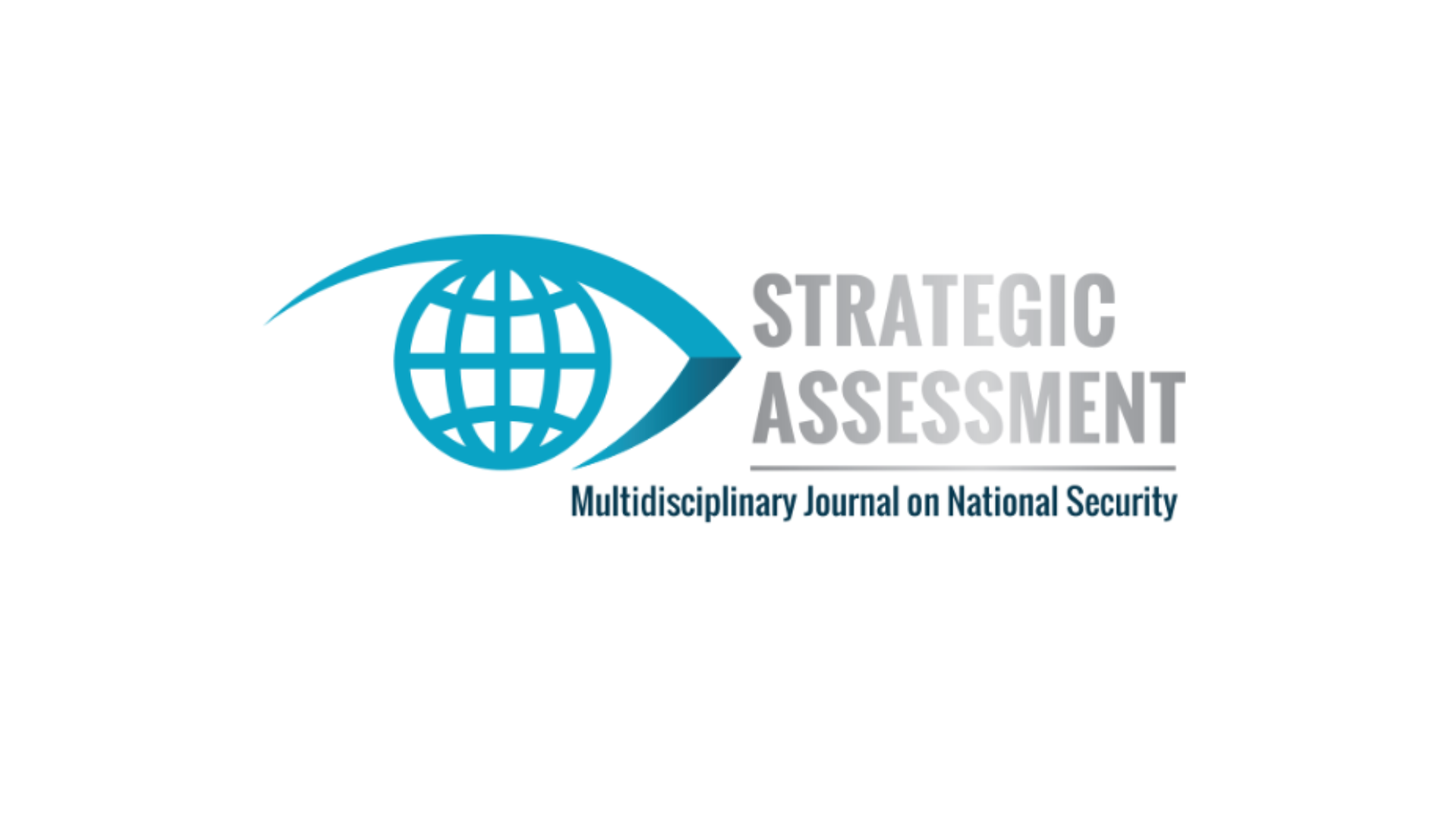Strategic Assessment

In most respects, the emergence of ISIS in the heart of the Middle East was a strategic surprise. To be sure, since 2013 the US intelligence community had identified important components in the organization’s strength and behavior. It had warned of the growing threat posed by ISIS, and tentatively suggested that ISIS might try to seize control of territories in Syria and Iraq. It was also aware of the Iraqi army’s performance difficulties. However, strategically, the outcome – including the thousands of volunteers rushing to serve in ISIS ranks, the speed with which the organization operated, the collapse of the Iraqi military, and the ISIS success in seizing control of widespread areas – was far from anticipated. The failure to assess the ISIS situation correctly resulted from misunderstanding the significance of the large lawless areas in Syria and Iraq, and perhaps also from the fundamental difficulty in foreseeing the consequences of the regional shocks caused by regime destabilization and the emergence of new actors in the arena. Moreover, in general, there is never any source that can provide information on what is about to happen. Forecasts are not based on solid information but only on indicators, which by nature are a tenuous foundation and increase the risk that assessments will fail.


